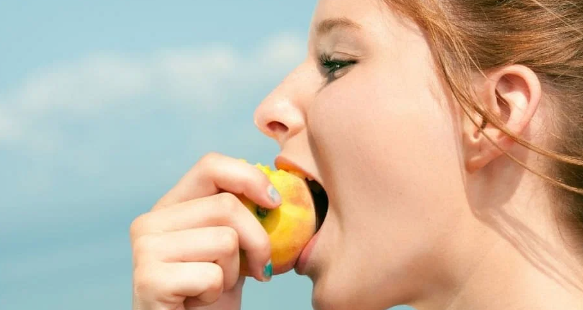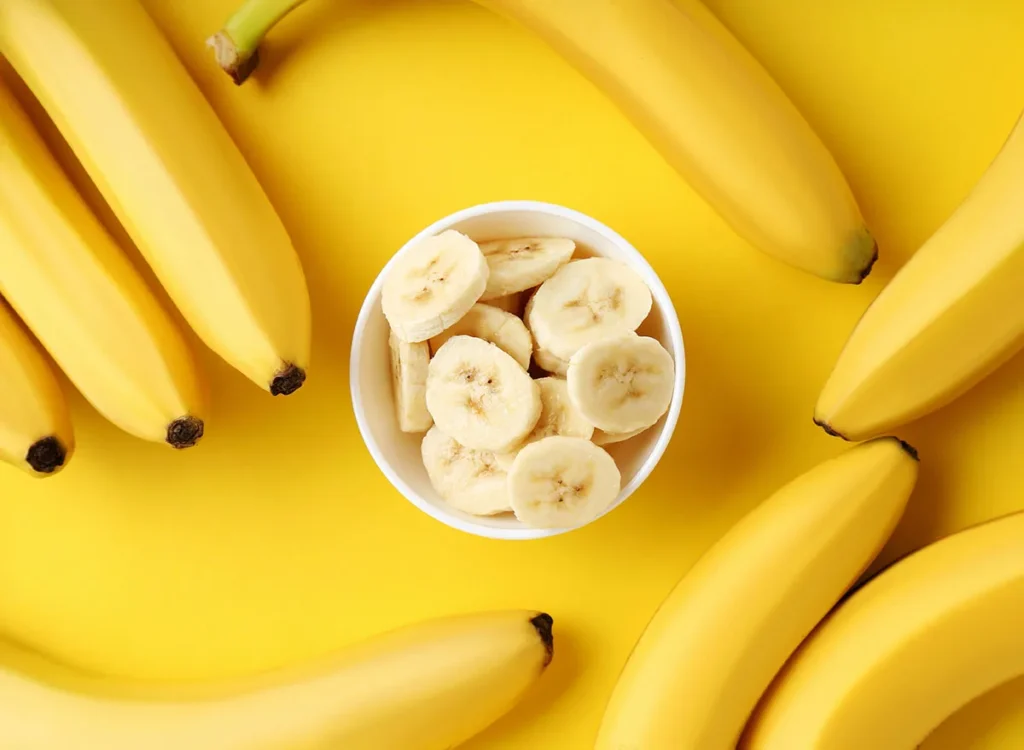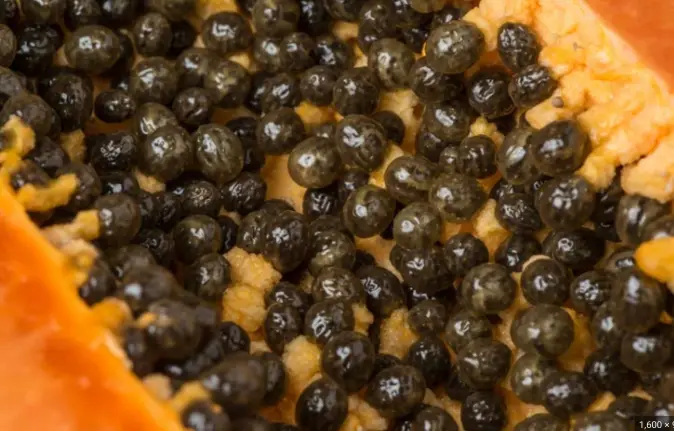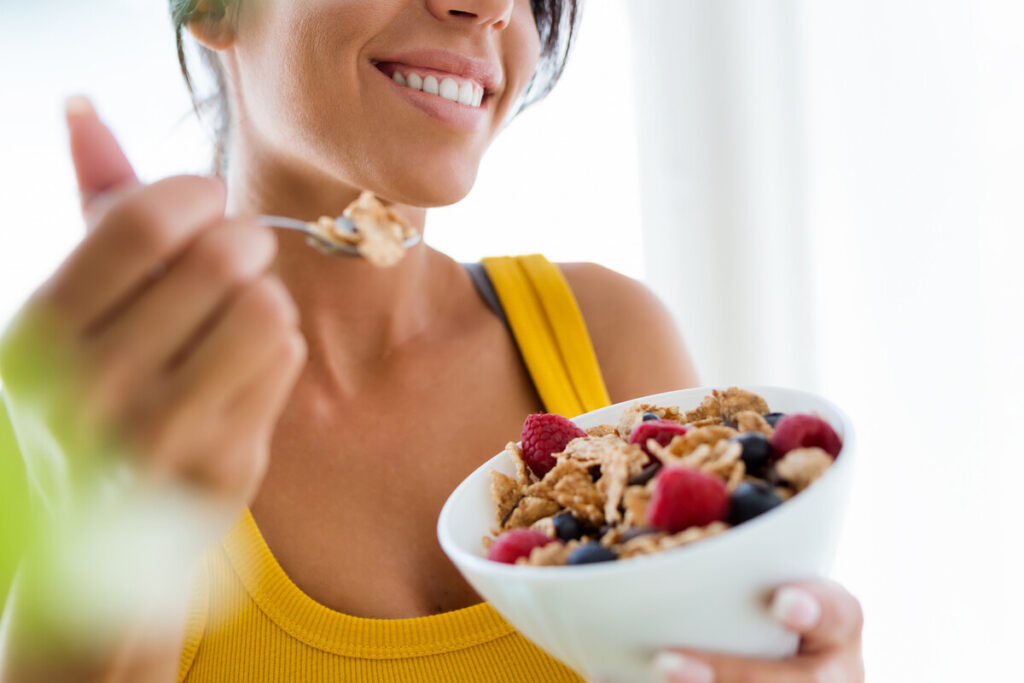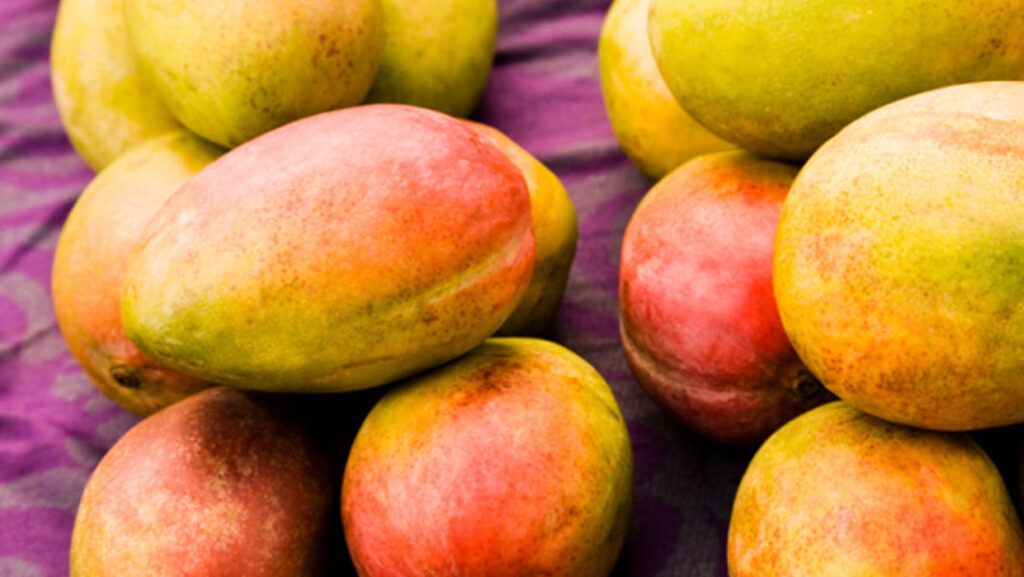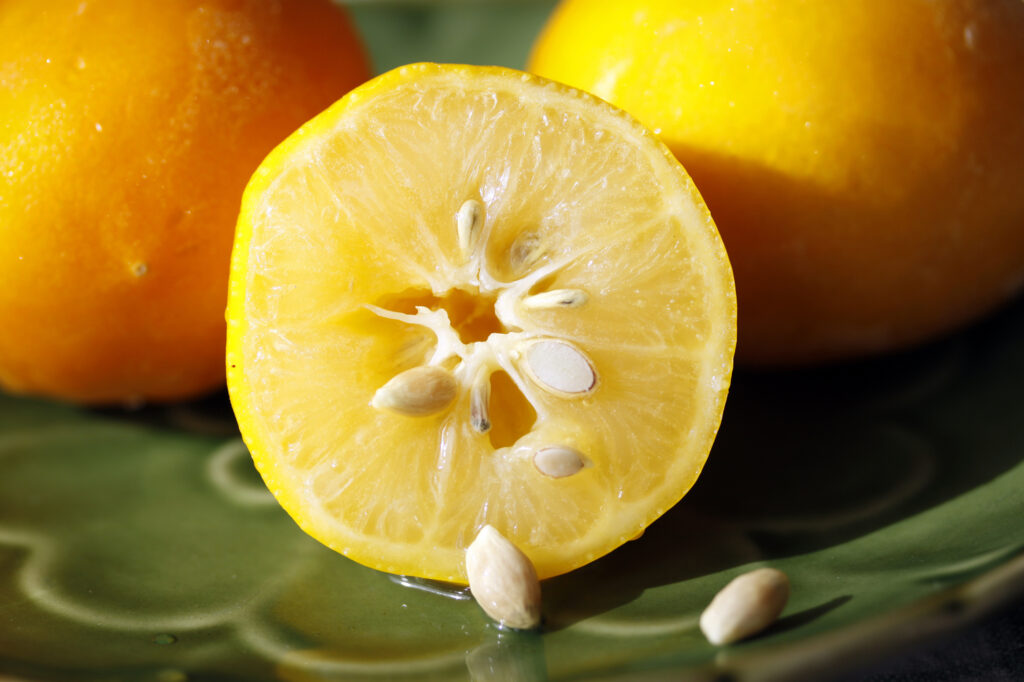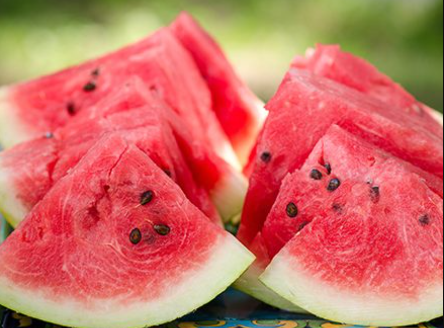Fruit is full of good stuff like vitamins, minerals, fiber, and special nutrients that help keep us healthy. But fruits also have sugar in them, and this can be something to think about for those with diabetes or who are watching their blood sugar. A big question is: if we blend fruits into smoothies, does it make the sugar hit our blood quicker than if we ate the fruit as it is?
The answer isn’t simple and depends on a few things, but generally, making a smoothie out of whole fruits doesn’t make your blood sugar rise much more than if you ate the fruit on its own. This article looks at some of the details that affect how our body responds to the sugar in blended fruits.
Table of Contents
- What Happens to the Sugar in Fruit When We Blend It?
- What Changes How Smoothies Affect Blood Sugar?
- 1. The Type of Fruit
- 2. How Much Fiber There Is
- 3. How Dense the Smoothie Is with Calories
- 4. The Mix of Liquid and Ingredients
- 5. When You Drink It
- How to Keep Blood Sugar Balanced with Smoothies
- Can People with Diabetes Drink Fruit Smoothies?
- Final Thoughts
What Happens to the Sugar in Fruit When We Blend It?
Eating an apple with its skin, for instance, slows down how we digest it because the apple’s fiber, chewy bits, and structure take time for our body to break down. But if you make an apple smoothie, it’s easier for our body to process and take in that sugar more quickly.
Does that mean a smoothie will make your sugar levels jump up a lot? Not quite.
Whole fruits have a low-effect on blood sugar, or a low glycemic index, which means they don’t make our sugar levels spike too much. The good stuff like fiber and healthy plant stuff in blended fruits still works against sugar getting into our blood too quickly. If we just drank fruit juice without all the fiber though, that’s likely to make our blood sugar shoot up fast.
So, a smoothie made from whole fruit could make your blood sugar rise a little quicker than eating the fruit. But it won’t spike as much as if you were having juice all by itself.
What Changes How Smoothies Affect Blood Sugar?
Several things can change how a fruit smoothie might affect your blood sugar:
1. The Type of Fruit
All fruits are not the same when it comes to sugar. Some make blood sugar go up slowly, while others do it more quickly. Apples, stone fruits (like peaches), and berries have low glycemic index scores, so they don’t make your sugar levels jump much even in a smoothie. But tropical fruits like pineapples, mangoes, and melons could make blood sugar rise more.
2. How Much Fiber There Is
Fiber really helps in slowing down how fast we digest sugars. It means that sugars get released gently into our blood. When you blend whole fruits, the fiber is still there but in liquid form, which helps you feel full and keeps your energy levels even.
3. How Dense the Smoothie Is with Calories
The more ingredients like proteins, healthy fats, and nut butters you have in a smoothie, the heavier it is with calories. This means your body takes longer to digest it, so it’s better for blood sugar control. But if your smoothie is just fruit and liquid, it’ll be lighter and make sugars hit your bloodstream quicker.
4. The Mix of Liquid and Ingredients
Not just the calories, but also how much fruit you mix with the liquid affects digestion. A smoothie with lots of fruit and less water or juice is better because it slows down sugar absorption.
If you also add proteins like yogurt or nut butters, it helps to slow down how quickly sugar goes into your blood and keeps your energy up for longer.
5. When You Drink It
The timing of your smoothie also matters. Having it with breakfast or as a part of a snack can help avoid crashes or sugar spikes.
But if you have a sugar-heavy smoothie on an empty stomach, you’re more likely to see a fast rise in your blood sugar.
How to Keep Blood Sugar Balanced with Smoothies
Here’s what you can do to make sure your fruit smoothies are good for your blood sugar:
- Choose fruits like berries, cherries, apples, oranges, grapefruits, stone fruits, and kiwi that don’t make your blood sugar rise too much.
- Go for whole fruits instead of juices, which don’t have fiber.
- Add protein from Greek yogurt, nut butters, or plant-based powders.
- Pick healthy fats from things like nuts, seeds, avocado, or chia seeds.
- Only use as much liquid as you need to make it smooth. Too much can lower the amount of fiber.
- Spice it up with cinnamon or turmeric, which can help with blood sugar.
- Stick with up to 2 fruit servings per smoothie and don’t add extra sugar.
- Have your smoothie with a meal or snack to stop blood sugar dips.
- Pair your smoothie with fiber-rich foods like oats, nuts, or veggies that aren’t starchy.
Can People with Diabetes Drink Fruit Smoothies?
People with diabetes can still enjoy fruit smoothies when they use whole fruits. It’s all about how much you have and being careful with fruits that have more sugar. Berries, grapefruits, tomatoes, apples, and stone fruits are good fruit choices for people with diabetes.
It’s a good idea to keep an eye on your blood sugar when you start having fruit smoothies, so you know how they affect you. To keep sugar levels in check, add protein, fats, fiber, veggies, and don’t go for fruit juices. And if you have diabetes, it’s really important to talk to your doctor about how much fruit and smoothies you should be having.
Final Thoughts
Having fruit smoothies now and then can be part of a healthy diet, even if you’re watching your blood sugar. When you make smoothies from whole fruits, you keep all the fiber and nutrients that make sure the natural sugars get into your system just right.
Remember to watch how much fruit you use, what kind, when you drink it, and what you mix in. With some careful choices, you can enjoy fruit smoothies that support a healthy, blood-sugar-friendly diet.
![Is Cucumber Good For Women's Health? [15 Impressive Benefits]"](https://fruitonix.com/wp-content/uploads/2023/09/Screenshot-2023-09-02-1.11.51-AM.png)
